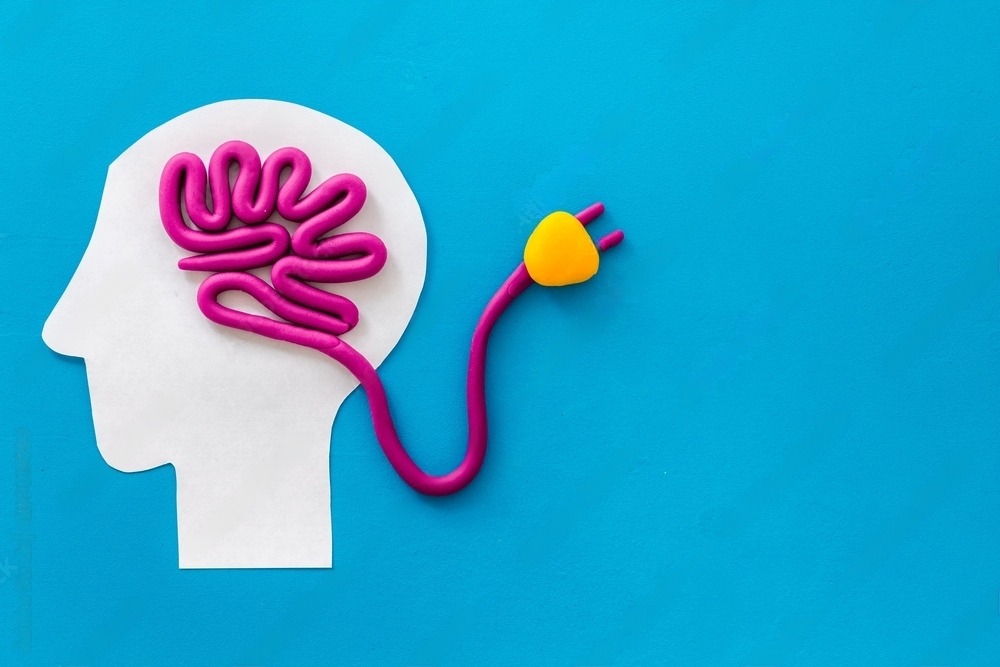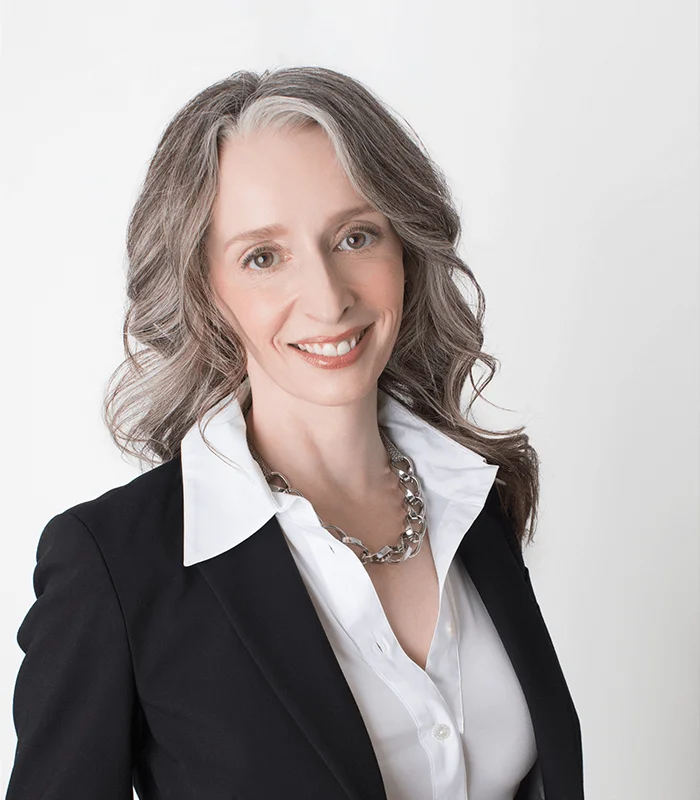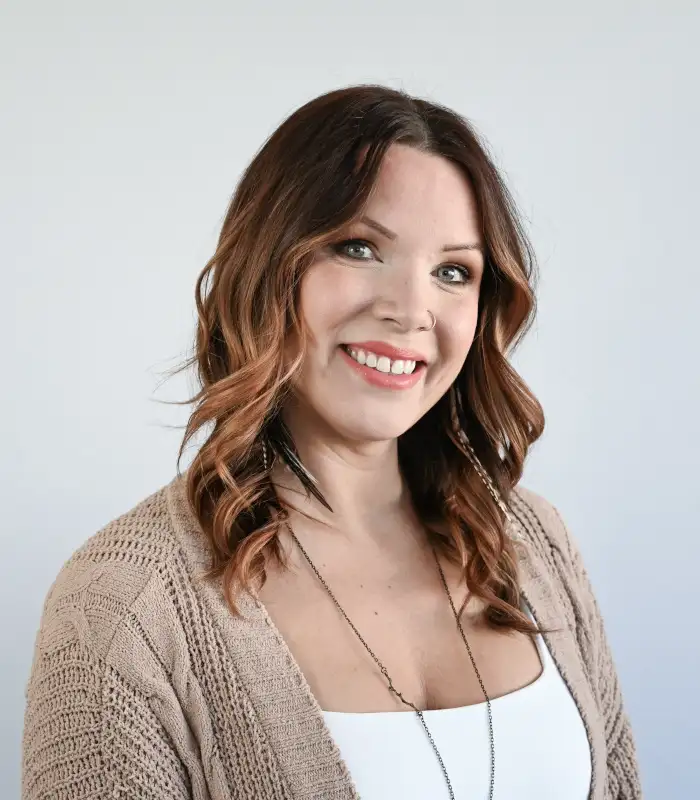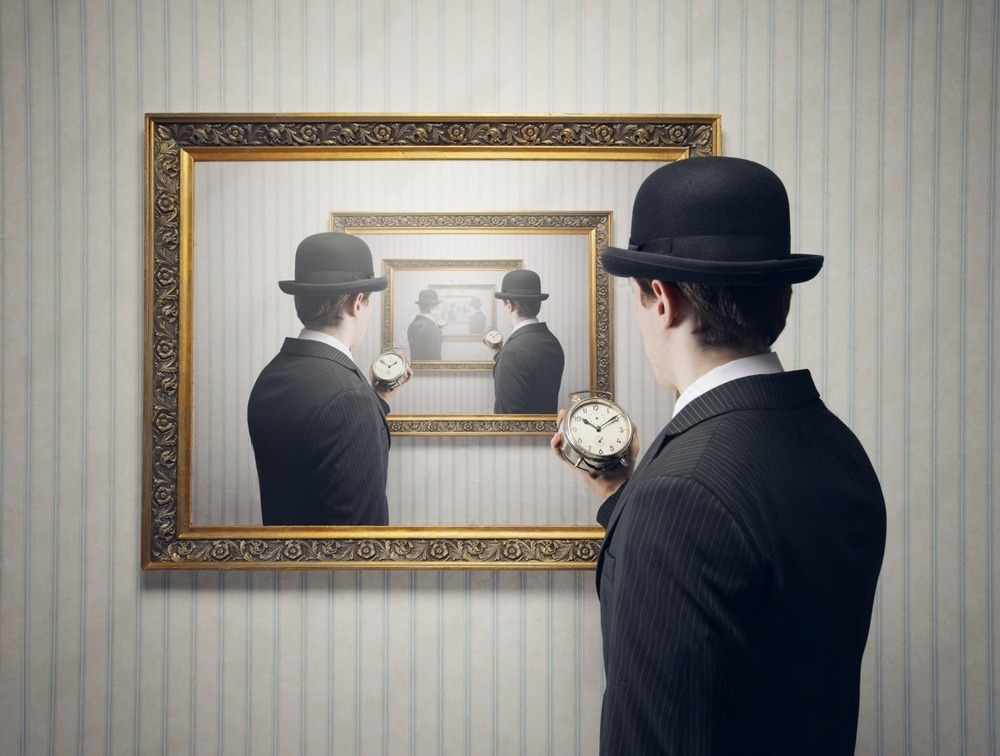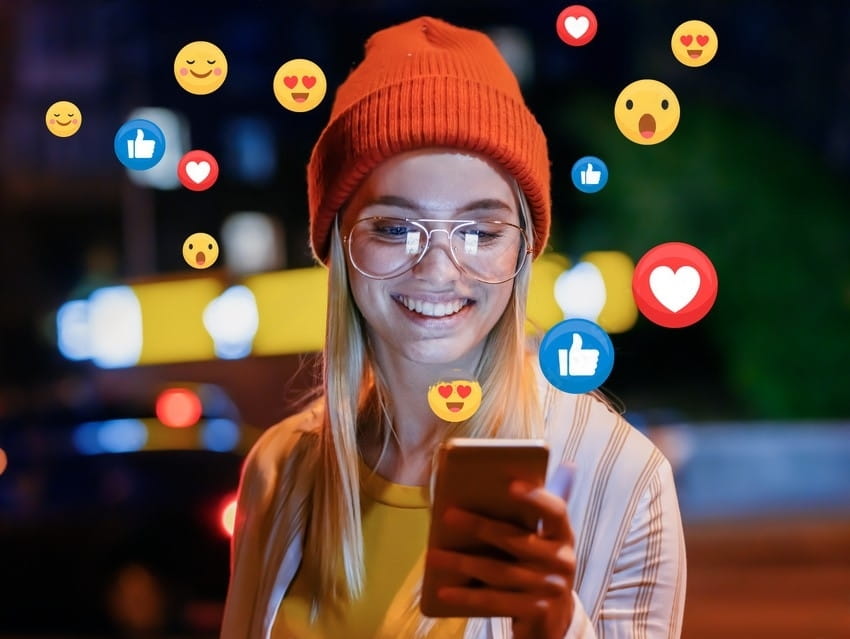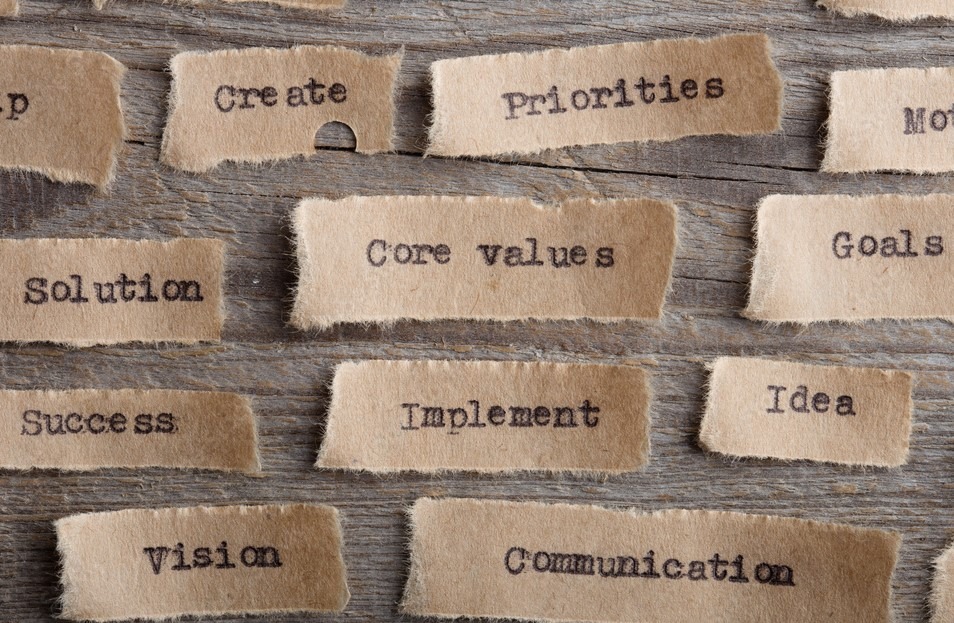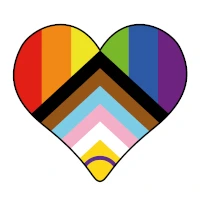Our experience of reality is created by the brain. Whatever we believe about ourselves, others, and the world is likely to be reflected back to us. In other words, what you see is what you seek and what you receive is what you expect–this is the basis of the placebo effect.
The brain functions to act as a gatekeeper for all incoming information. It filters through information and allows essential data to pass through to the other parts of your brain. For example, you work in a noisy office environment, but you can still manage to hear your name whispered by a co-worker several cubicles away. You heard your name, not because of the volume, but because of its value.
What’s Important and What’s not?
So how does the brain know what type of information allow in and what information to filter out? Quite simply, what we value most, what we believe, what we experience intensely, and what we think about frequently are the things given most attention. For example, if you repeatedly tell yourself you’re not good enough, there is a good chance your brain will pay attention. It will sort through incoming information accordingly. You will see proof of your incompetence, deficiency, and worthlessness across the spectrum of your life.
Expect your expectations
This same principle applies to expectation too. If you believe that you’re not good enough to get a promotion, your brain will register this belief and create a filter. Consequently, all you will notice are situations that lend support to your belief. You notice that, the boss didn’t say hi to you or your co-workers didn’t invite you to lunch. As such, you condition yourself into an imagined situation and behave accordingly. Your behaviour creates a match for the belief that you’re not good enough to get the promotion and, surprisingly, you don’t get the promotion. Changing irrational limiting beliefs and expectations creates a different future.
Limiting Beliefs: True for you, but not truly you
A limiting belief is an acceptance that something about yourself, others, or the world is true. Most of our limiting beliefs develop in childhood and, as we’ve already discussed, they can create adverse effects in your life. In childhood, our brains are underdeveloped relative to adult brains. Full maturation of the human brain occurs around the age of 25. The less mature the brain is, the more dependent the individual is on others to interpret internal and external experiences. Even if your childhood was a picture of love and acceptance, a limiting belief may still develop.
The Brain, The Bodyguard
Unwanted self-fulfilling prophecies are predicated on limiting beliefs. These beliefs are challenging to change because they were learned as a result of an emotionally or physically overwhelming experience. Always, always, and especially always, if your brain detects danger, it’ll activate your defense mechanism— the infamous fight, flight, and freeze modes. The brain enables one or all of the responses until you are emotionally or physically safe. There is no differentiation between real danger and perceived danger; it’s all encoded the same way. Consequently, because your brain doesn’t want you to unlearn this type of lesson, these experiences are encoded deeply into your whole being.
An Innocent Mistake
An irrational belief may begin quite innocently, like being laughed at in Grade 1 for mispronouncing a word. As a result of ridicule, your brain detects a threat, activates the fear response system, your face flushes, heart races, throat constricts, you experience this as shame or embarrassment, and interpret it to mean that you are bad or not good enough. Because this was a meaningful event, your brain kicks in and feeds you only the information that supports your new belief.
Identify Your Limiting Beliefs
The first step in changing a limiting belief is knowing it exists!
Identifying limiting beliefs may be tricky, so be patient with yourself 🙂
1. Remember a recent experience that caused you mild to moderate discomfort.
2. Ask yourself, when I look back on that experience, what negative belief do I have about myself right now? The answer will be a self-referencing statement usually starting with “I am.”
3. If you didn’t come up with an “I am” statement right away, ask yourself the next question: If that were true, what would that say about me as a person? Keep asking this question until you find the “I am” statement.
Examples of limiting beliefs
- I am not good enough
- I am not in control
- There’s something wrong with me.
- I am worthless.
- I am a failure.
- I am bad.
- I am awkward.
- I am disgusting.
- I am going to be abandoned.
- I am going to die. (Remember a limiting belief is an irrational thought; at some point, we’re all going to die. However, if you believe you’re going to die every time you get into an elevator, then that’s irrational.)
Now that you know which beliefs are dominant, you might want to try some techniques to help reduce their effects. Or if you want to get rid of the limiting beliefs, altogether, then we’d be happy to help! Book with us today!
